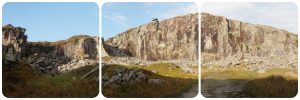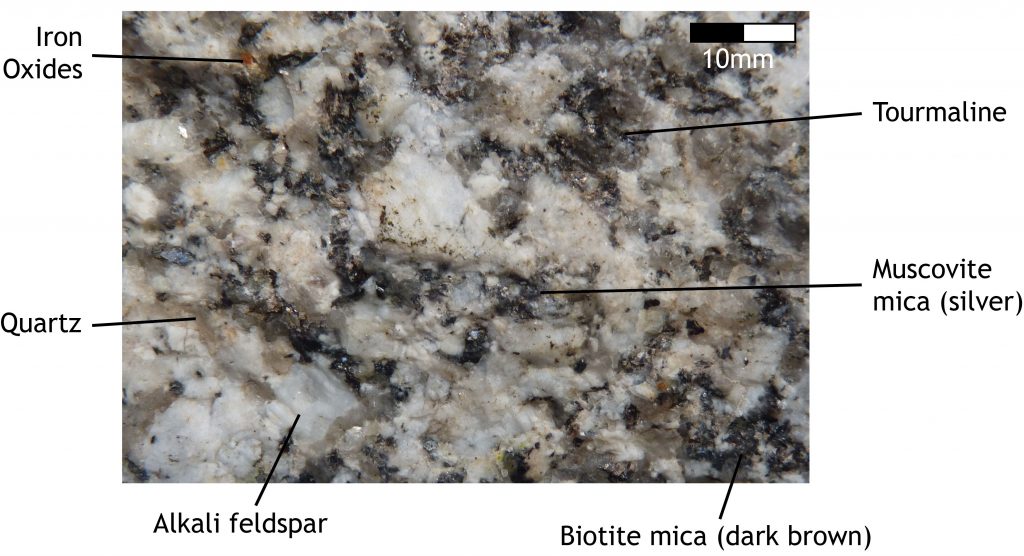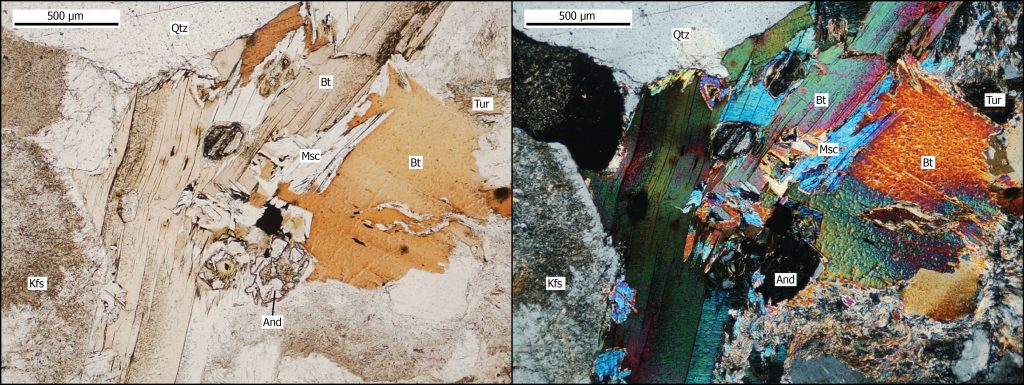
Highlights: Granite, Stone Circles, heritage
Location: SX 2582 7237
What’s nearby: Gold Diggings Quarry
Conservation: Area of Outstanding Natural Beauty (AONB), Site of Special Scientific Interest (SSSI), UNESCO World Heritage. No hammering or collecting at any time.
Information here is provided for reference only. You should ensure that you have permission from the landowner and take safety precautions when visiting sites.
Further Reading & References
- Dymond, CW. 1977. The Hurlers: Cornish Stone Circles, Institute of Geomantic Research Occasional Papers, 8.
- Reid, C. et al. 1911. The geology of the country around Tavistock and Launceston. Explanation of sheet 337, HMSO: London. [View Online]


